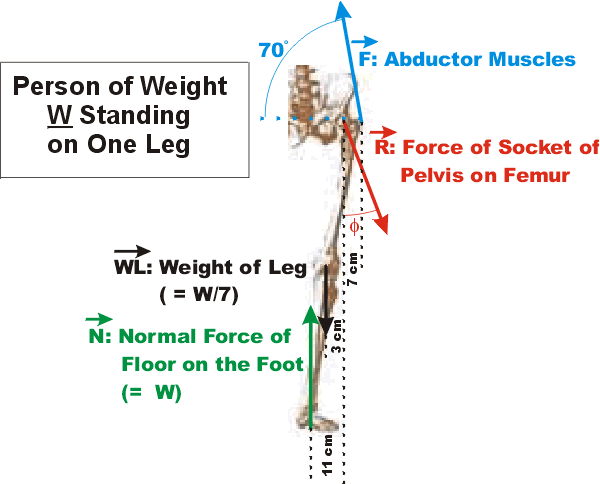The normal force is a typical example of the newton s third law of motion.
The upward normal force exerted by the floor is.
The normal force is equal to your apparent weight.
The upward normal force exerted by the floor is 620 n on an elevator passenger who weighs 650 n.
This is a lot more than for every action there is an equal and opposite reaction.
The upward normal force exerted by the elevator floor on the person is the downward weight of the person.
The upward normal force n exerted by the elevator floor on the person is the downward weight w of the person.
Here is a proper description of newtons 3rd law 1.
If one object exerts a force on a second object the second object exerts a force of equal magnitude and opposite direction on the first object action equals reaction.
Forces occur in pairs of equal magnitude but opposite direction 2.
Expert answer 100 7 ratings previous question next question get more help from chegg.
In more extreme situations this is much more obvious.
The upward normal force n exerted by the elevator floor on the person is the downward weight w of the person.
I think you are asking about newtons 3rd law.
A large than b identical to c smaller than.
Consider a person standing in an elevator that is moving upward at a constant velocity.
Consider a person standing in an elevator that is accelerating upward.
The unit for the normal force is n newton.
For an object sitting on a flat surface with no outside forces at work the normal force is equal.
So a normal force is equal to the force exerted by.
What is the magnitude of the acceleration.
Get 1 1 help now from expert physics tutors.
N m g in this equation n refers to the normal force m refers to the object s mass and g refers to the acceleration of gravity.

